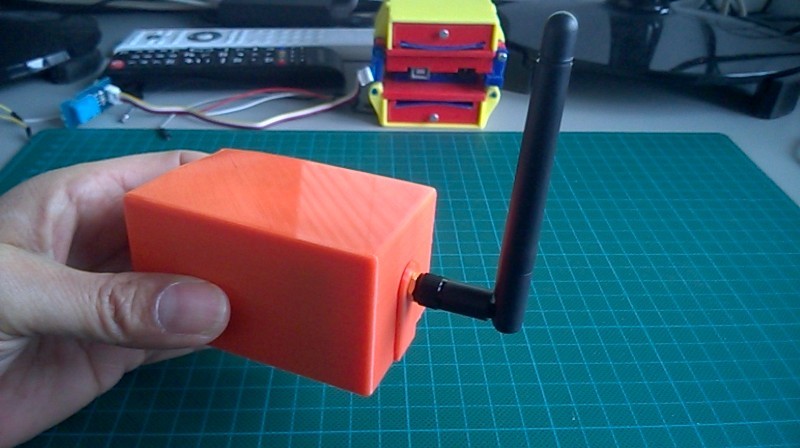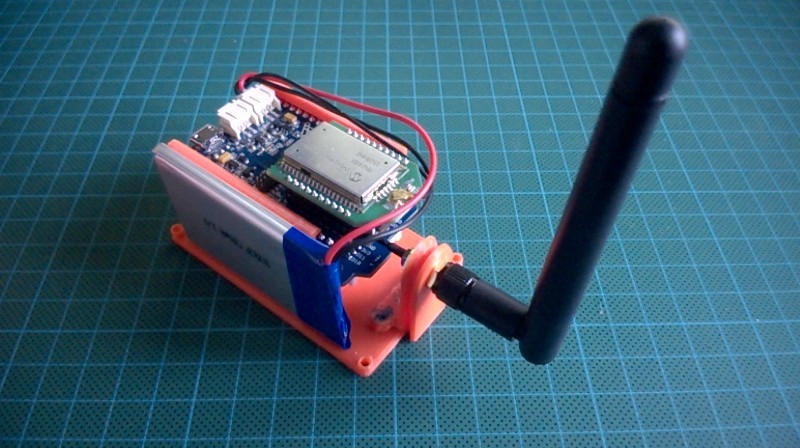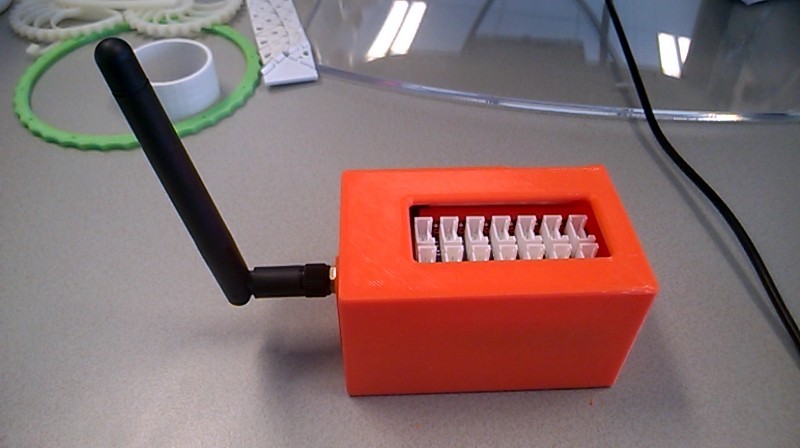You can update it yourself ![]() That’s the idea of a wiki.
That’s the idea of a wiki.
Did anyone have a view on if this would work?
NavSpark mini14 + RFM95W3
11 euro plus $22 seems pretty compelling for GPS included?
Also could you size a solar panel for this with no battery? So the node comes up at sunrise and switches off at sunset?
It looks like it’d do the job to me @sam_uk - worth a go at that price! The board looks pretty exciting to me and would make for a smaller GPS tracker than I’ve got:
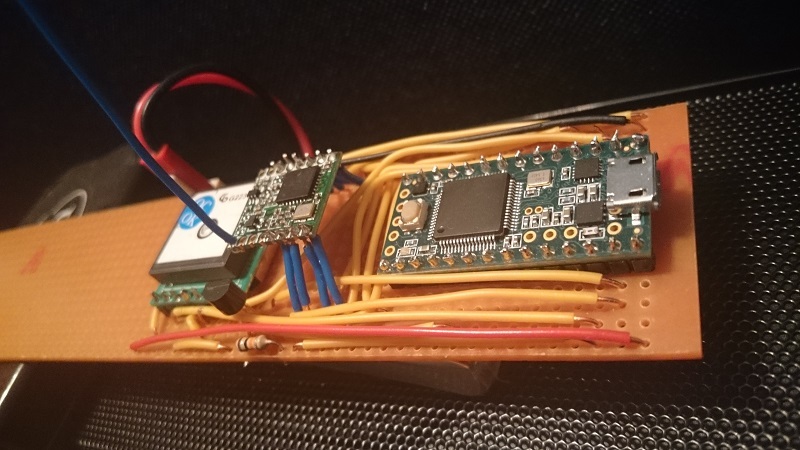
You might want to look at the Microchip RN2483 radio as an alternative to the Hope RF95W, Similar price but certified, and @thinginnovations is having success with these.
Keen to see how you get on 
@sam_uk - had a closer look at the documentation http://navspark.mybigcommerce.com/content/NavSpark-User-Guide_rev0.8.pdf
I’m not sure the Navspark mini (17mmx17mm model) has enough pins for the job - I may be wrong but I couldn’t find where you’d wire in the NSS pin. Perhaps someone with a better grip on this stuff could advise?
The Navspark (non-mini) looks capable enough through.
Based on Arduino Pro-Mini and RFM95 my small node. It contains a HTU21d temperature/humidity sensor (which is on the bottom on pins A4 and A5.
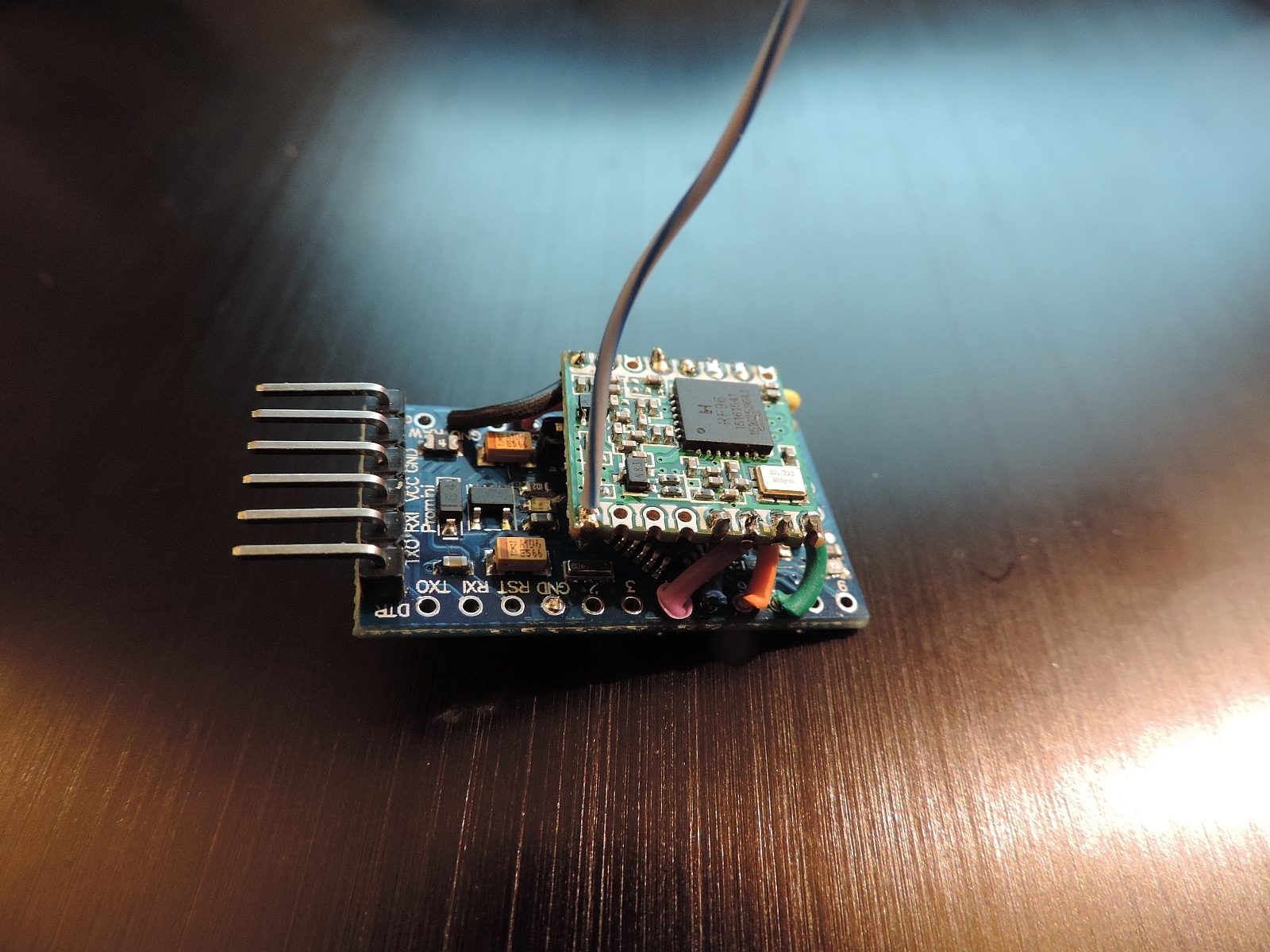
I think it should be ok. The navspark mini gets one spi bus, and some io (at least one for the sx127x interruption).
So it should work. As i read this possbile node on this thred, i bought one.
Now that i have all the parts, i need to find time to play to get this node working : RFM + navspark mini. Actually i am working on another node by a startup project (with a better gps that the navspark one…)
Thanks all. Could someone provide a guestimate for the power consumption of a NavSpark Mini with a RN2483
What kind of battery/ solar requirement would it have? I guess it would depend on how often the GPS was used? Does the software exist to deep sleep the GPS?
What kind of TX range could I expect with these tiny devices? A KM? Three KM?
Thanks
Sam
Check the Navspark forum - plenty of questions about power. http://www.navsparkforum.com.tw/viewtopic.php?f=23&t=195&p=760&hilit=power+consumption#p760 . Looks like a 700mAH battery is good for 8-12 hrs. For what it’s worth my GPS module didn’t have a sleep mode, so I used a mosfet transistor to turn the power to it on and off. Saves over 30mA when turned off 
Have you seen this one? May be of interest if you are thinking solar…
Energy Harvesting May Break LoRa, SigFox LPWANs
http://www.indigresso.com/_blog/?p=212
Why the internet of things needs another ten years
Here’s the hedgehog tracker project we’re helping with - http://www.globalgiving.co.uk/projects/trackahog/ - you can see the need for a tiny node! I’m not asking you to donate - but I am asking for any suggestions on how to get the weight down, the battery life up, and be able to send GPS every 10 mins or so. I’m thinking the key is to use s/w to be smart about when to turn the gps on or off, ie not if the hedgehog is sleeping (unless hedgehogs sleepwalk…)
Not the smallest node, but I’m working on prototype with a 32U4 controlling RN2483 + PIR detector.
Its called LoRaLarm 
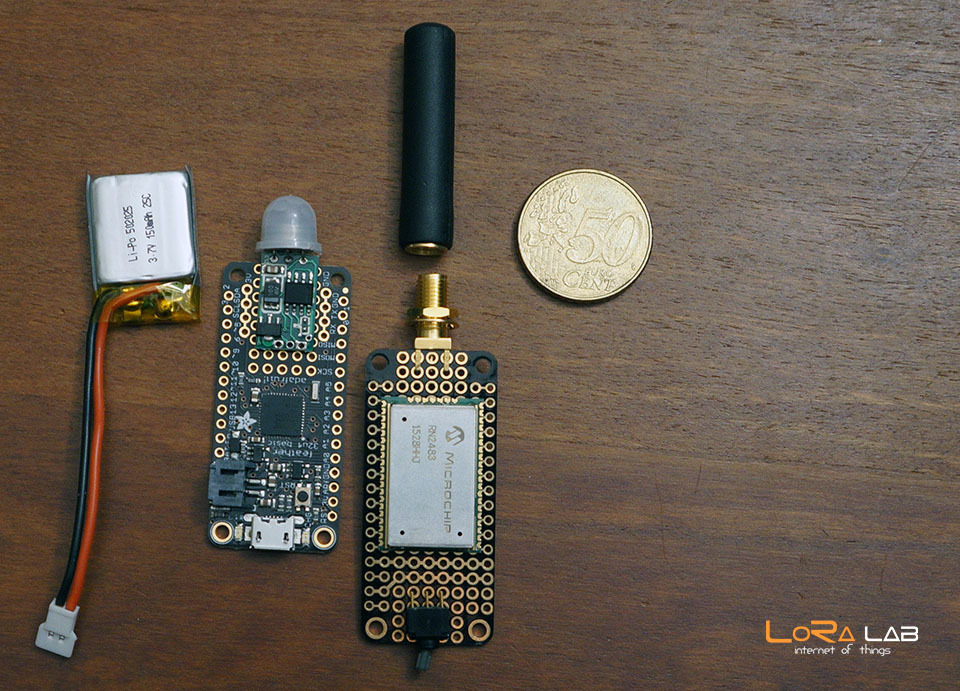
what a nice piece of PIR!
where did you get it?
The rest looks also nice.
How would you solder the 2483 on the prototyping board? just with wires or will you make a “spacing adapter board”?
We should ask Lady Ada creating feather boards for some common radio modules
for the proto i will use the boards from andrew thinginnovations
the PIR on the picture is not the right one, I needed a 3v version , found them here
the feather boards I found ( NL) here
done! with a link of your picture.
I hope some radio boards (e.g. with RN2483 & RFM95) will flow into their product line
There are some nice and really strong boards available and with the integrated battery supply it makes them very interesting for nodes…
yes I know.
I asked some people to help me with designing a LoRa 'backpack for the feather products.Nobody seems to be interested so I started learning PCB design myself 
another idea from me is to use the Adafruit Feather 32u4 Bluefruit combined with that ’ LoRa backpack ’
with the right ‘firmware’ you can now program your node with your iPhone/Android
Where did you get this enclosure?
Knowing Marco I´m pretty sure it´s 3D printed 
Yes it is a 3D print. If you want I can share the .stl files
Cool, but I do not have a 3D printer  still very nice work.
still very nice work.
